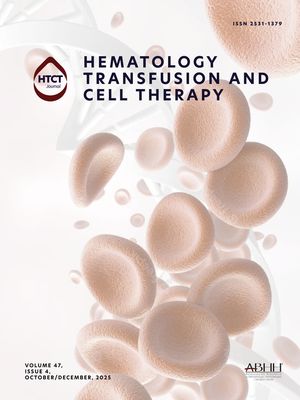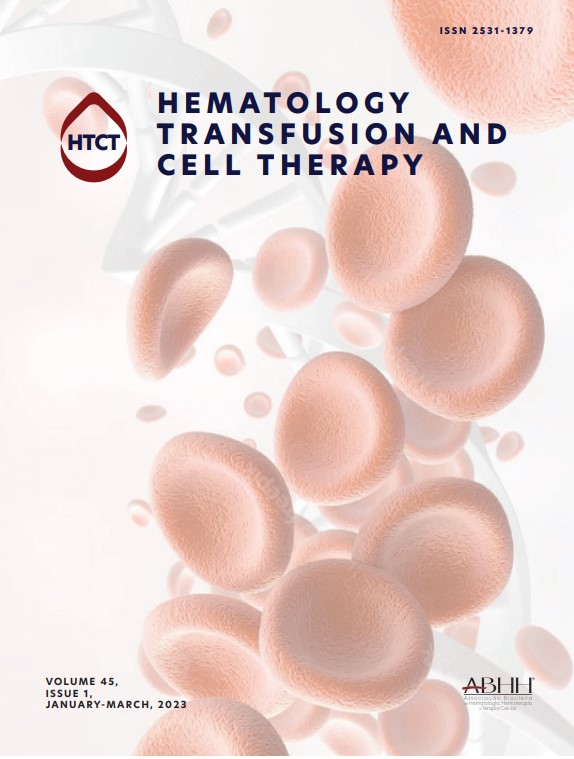
Hematology Specialist Association 18. National Congress
Mais dadosDiamond-Blackfan anemia (DBA) is a rare inherited disorder characterized by macrocytic anemia, congenital malformations, and growth retardation, typically presenting in the first year of life. RPL5 encodes a component of the 60S ribosomal subunit, and mutations in this gene are associated with DBA, which is usually inherited in an autosomal dominant. Our case is presented after identifying a novel mutation that lacks the typical phenotypic features associated with the condition. A 17-month-old female patient was sent to our hospital because she was pale and had anemia. During the physical examination, the patient exhibited growth and developmental retardation (height in the 3rd to 10th percentile, weight in the 3rd percentile) and a pointed nose; however, no organomegaly or congenital malformations were detected. Laboratory results showed a hemoglobin level of 4.9 g/dL, an MCV of 90 fL, and a corrected reticulocyte count of 0.8%. HbF level in hemoglobin electrophoresis was 3.5%. Bone marrow examination revealed severe hypoplasia in the erythroid series. Genetic examination using next-generation sequencing detected a novel mutation in the RPL5 gene c. 10G>C (p. Val4Leu) (Heterozygous)). Although RPL5 mutations show more severe phenotypic features in DBA, the new mutation detected in our patient caused anemia and developmental and growth retardation without congenital malformation. This genetic change has not been previously reported in the literature as a novel mutation. However, according to the American College of Medical Genetics and Genomics (ACMG) criteria, this variant has been classified as a "variant of uncertain significance". Given that no additional mutations were identified in the whole exome sequencing (WES) analysis conducted on our patient, the hematological and bone marrow findings were consistent with a diagnosis of DBA.
MethodologyA blood transfusion was administered to the patient, and steroid treatment was started. Our patient responded to steroid treatment during follow-up. WES analysis was also requested for our patient's mother, father, and sibling. Based on the results, donor screening for bone marrow transplantation will be initiated. Once the results are available, the phenotype-genotype relationship can be interpreted more accurately.






